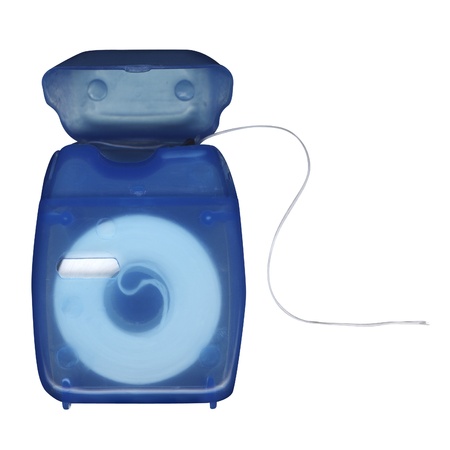
Last Sunday morning, my boyfriend Greg and I made our usual stop at Starbucks during our 7-mile, round-trip walk into town. It’s always really busy there, but this morning it was super-duper busy.
This particular Starbucks has a couple of seats at the end of the counter and that day, amazingly, they were empty. So we plopped down and got comfortable, watching the barista as she prepared drink after drink after drink.
What struck me was that even though, over the next half hour, there were never less than 10 people waiting for her at any one time, she never broke a sweat. Not only that, she didn’t even seem the tiniest bit rushed or flustered.
She just picked up the next glass, read the tick mark codes from the cashier and began grinding beans, pouring liquids and squeezing whipped cream. When she finished a drink, she called out a name and moved to the next order.
The next day, my client John asked me to tell him where he could get a copy of a webinar that he presented about a year and a half ago. And just like the woman at Starbucks, without missing a beat, I clicked on his folder in Dropbox, scrolled down to the webinar folder, grabbed the file and sent it off to him.
Suddenly, I thought of the barista and it struck me that the two of us have a lot in common: We both have a system and we both use it faithfully. The result? We move though our days without breaking a sweat (okay, most of the time). And you can too.
Here’s how:
1. Keep it simple. The less complicated the system, the better. Not being able to find my keys, for example, used to drive me crazy (and make me late). So I developed a system: When I leave the house I put them in the inside pocket of my purse. When I walk in the front door, I put them in the little wooden box on the table in the foyer.
I’ve got systems for setting up new clients, systems for remembering birthdays, systems for paying my bills. All simple and easy to use, so while they are helpful, they never become overwhelming in and of themselves.
2. Make sure it works for you. Design a system that will work for YOU – not one that you think SHOULD or WOULD work if you were a smarter/better/younger/older/thinner/more organized person.
When I use my business credit card, for instance, I always put the receipts in my wallet. It gets pretty full in there sometimes, and when I can’t fit anymore, I take them out and sort them into envelopes, by month.
Yes, the pesky voice in my head tries to tell me that a “better” person would clean out her wallet every day, but I’ve made my peace with that and I’m not going to do it. And while my system isn’t always up to date, it’s good enough and it works for me.
3. Keep At It. Even a simple system usually requires forming new habits and getting used to it. So expect that and keep at it.
If you fall off the wagon temporarily, just jump back on. Over time you can pick up any pieces that you may have dropped along the way.
For lots of people, the idea of “systems” feels complex and scary. But it need not be that way. When done well, systems allow you to pay less attention to the minutiae of your daily routine and more attention to the things that really matter in building your business.

 The other day I went to get my teeth cleaned by my favorite dental hygienist, Lauren. I’m not a big fan of the dentist, but I do like having my teeth cleaned (and I love hearing what Lauren’s mischievous cat has been up to!).
The other day I went to get my teeth cleaned by my favorite dental hygienist, Lauren. I’m not a big fan of the dentist, but I do like having my teeth cleaned (and I love hearing what Lauren’s mischievous cat has been up to!).